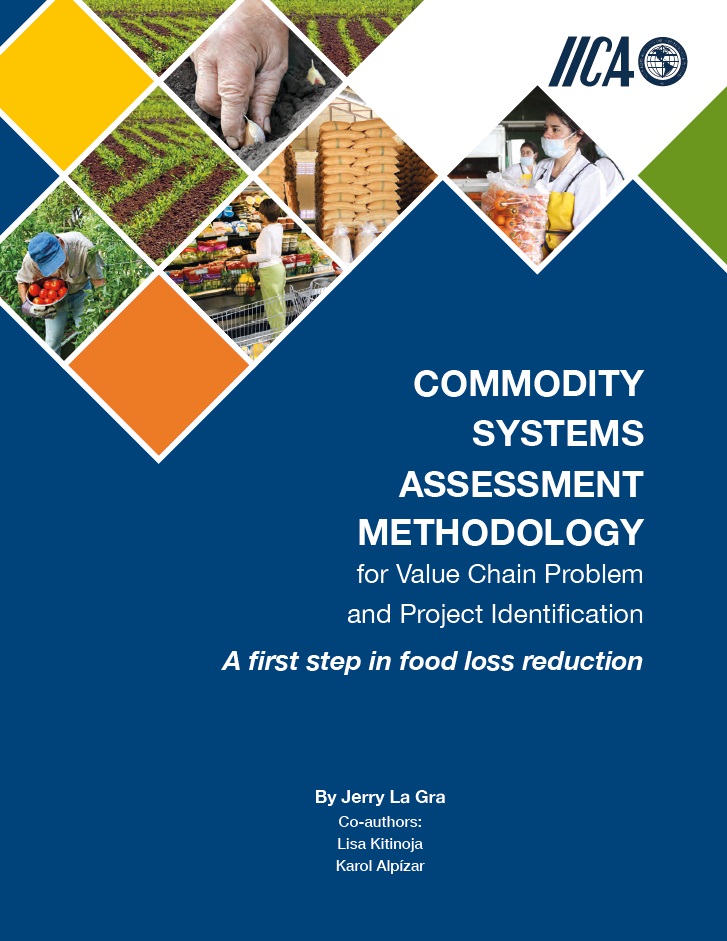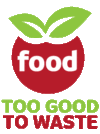The Commodity Systems Assessment Methodology (CSAM) seeks to identify weaknesses throughout agricultural value chains that lead to food losses (postharvest losses) and, at the same time, identify solutions and prepare proposals for improving their efficiency. Use of this methodology by different stakeholders represents the first step toward reducing food losses.
The CSAM divides the agricultural value chain into 26 components and identifies in questionnaire format the type of information which should be collected on each component. During the application of the methodology, working groups gather information to describe institutional and environmental aspects, pre-production, production, harvest, postharvest handling, agro-processing, transportation, and marketing conditions. The methodology is adaptable to local needs and may also include the collection and review of secondary literature, working groups, plenary sessions, on-farm visits, and field work by one or more inter-disciplinary teams.
This CSAM manual is a very long and detailed document, complete with sample questionnaires for each component. It includes examples for different crops and lists of questions and ideas for creating locally specific assessments. It then goes on to describe the process of converting problems to solutions using the project format. In any attempt to solve problems there are three basic steps:
1. Identification and description of the problem.
2. Identification and formulation of the solution.
3. Execution of the solution.
This manual concentrates on steps one and two; both are interdependent, effective solutions cannot be prepared without a clear understanding of the problem(s).
Professionals from different organizations have dedicated years of research and tests in numerous countries to the development of the methodology presented in this manual.
CSAM has been utilized in the field to gather data on postharvest losses and to document the constraints and opportunities for agricultural development in many developing countries.



